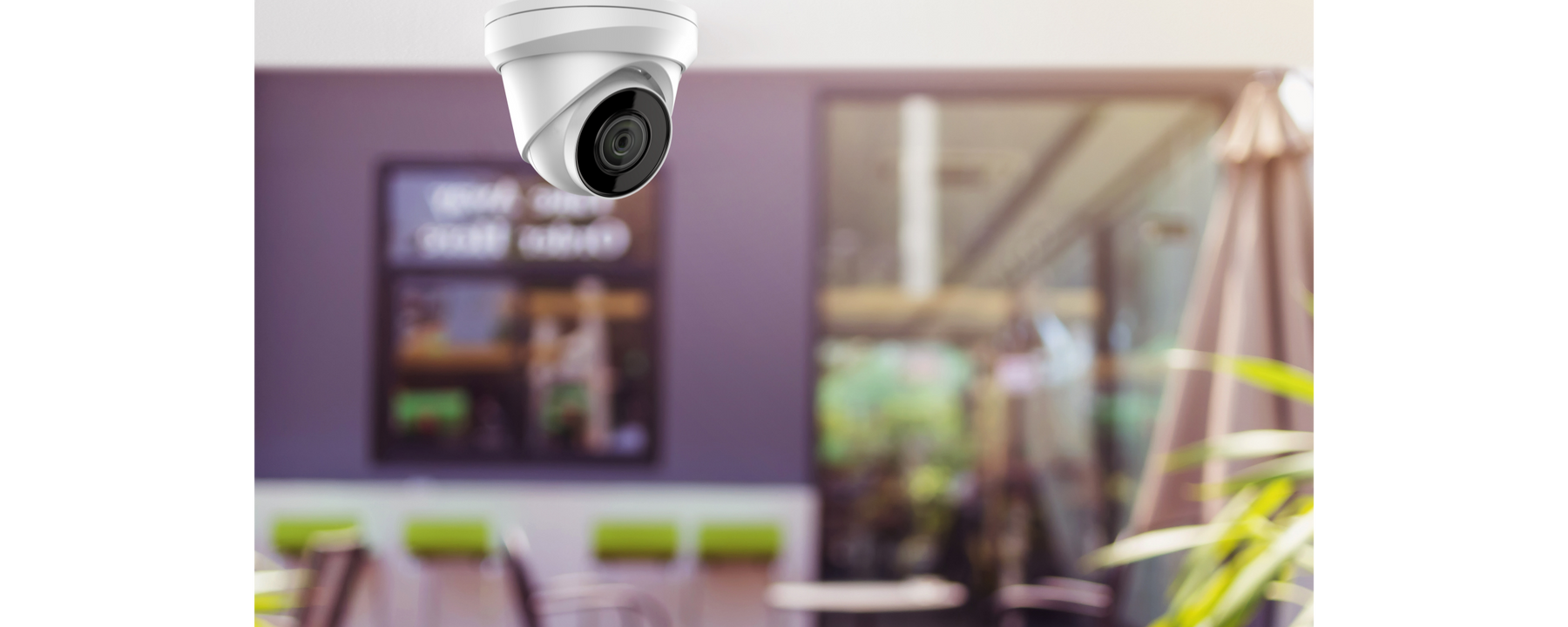
How to Configure a Surveillance Camera
As a professional surveillance system installer, the installation is not only connecting wires but also configuring. How can you configure the cameras to satisfy all your clients’ needs? Here we are going to tell you about the parameters of a security camera, and how to set them up for different occasions. With this guideline, you can configure the security cameras for your clients and help them to capture every moment in any environment.
First, log in to the IP address of the camera, enter settings – pictures – display setting.
Exposure
Exposure Types – Aperture adjustment setting
It is recommended to set the aperture setting according to the camera type. If it is an automatic aperture lens, please choose the auto mode. Otherwise, if it is a manual aperture lens, please choose the manual mode.
Time of Exposure - Sampling frequency of the sensor
The setting can be reduced appropriately to improve the smearing issue in a scene with sufficient brightness, and it is recommended to keep the setting at 1/25s for a scene with insufficient brightness.
Gain - Upper limit of image signal amplification setting
Please increase the limit when it is used in a scene with insufficient illuminance, and decrease it when in a scene with strong pointing light sources to prevent overexposure.
Note: The gain control regards the upper limit of the signal gain. The higher it is, the more sensitive the sensor is, so the brighter the image is, and the noise will be amplified too.
Conversion
Day and night conversion - Color or B/W mode switching
In general, an auto-switching mode will be enough. Timing, day, or night mode can be chosen if the scene has frequent light changes.
Anti-infrared overexposure - Control the infrared lamp brightness
The higher the level, the more obvious the effect, and the overall brightness of the image will decrease.
You may turn it on when there is sufficient infrared reflection, but do not use it with obstructions nearby.
Day and night parameter conversion - Timer setting for switching between image parameter sets
If you want specific camera parameter sets for the day and night, the parameter conversion is convenient as you can input the time switching between the day and night mode you have already set.
Backlight
Backlight supplementary area - Set the reference area for brightness adjustment
This is recommended to use when you focus only on the key areas.
Wide dynamic (depends on various models) - Balancing the fore and background’s brightness
Wide dynamic exposes the light and dark parts of an image at the most appropriate shutter speed, and recombine the two images to obtain a quality optimized image. This is recommended to use when there is a big difference in the brightness between the image’s fore and background. If the wide dynamic is turned on for an already balanced scene, it will result in image degradation.
Image enhancement
3D digital noise reduction - Adjust the extent of noise processing
Increase the noise reduction level when there is insufficient illumination in the environment. For the sports and movement scene, set it to the expert mode to reduce the noise to a maximum extent.
- A high spatial noise reduction may result in image details losing
- A high temporal noise reduction in a sport or movement scene may result in smearing
Video adjustment
Mirroring - Image transformation
This is often applicable for an upside-down installed camera.
Rotation - Image transformation for depth imaging
The rotation is suitable for narrow or long monitoring areas such as corridors and aisles. In this case, the camera must be installed at a 90 degrees rotation before applying the rotation mode for a vertical image, otherwise, the image will be tilted.
Scene mode - Decide whether to limit the exposure time
Use outdoor mode for outdoor environments, and indoor mode if there is a light source such as an LED screen within the image. Scene mode setting is not applicable for fixed lens cameras.
Always feel free to contact us for any technical questions at no charge! Our in-house professional Tech Team is here to help.

Leave a comment